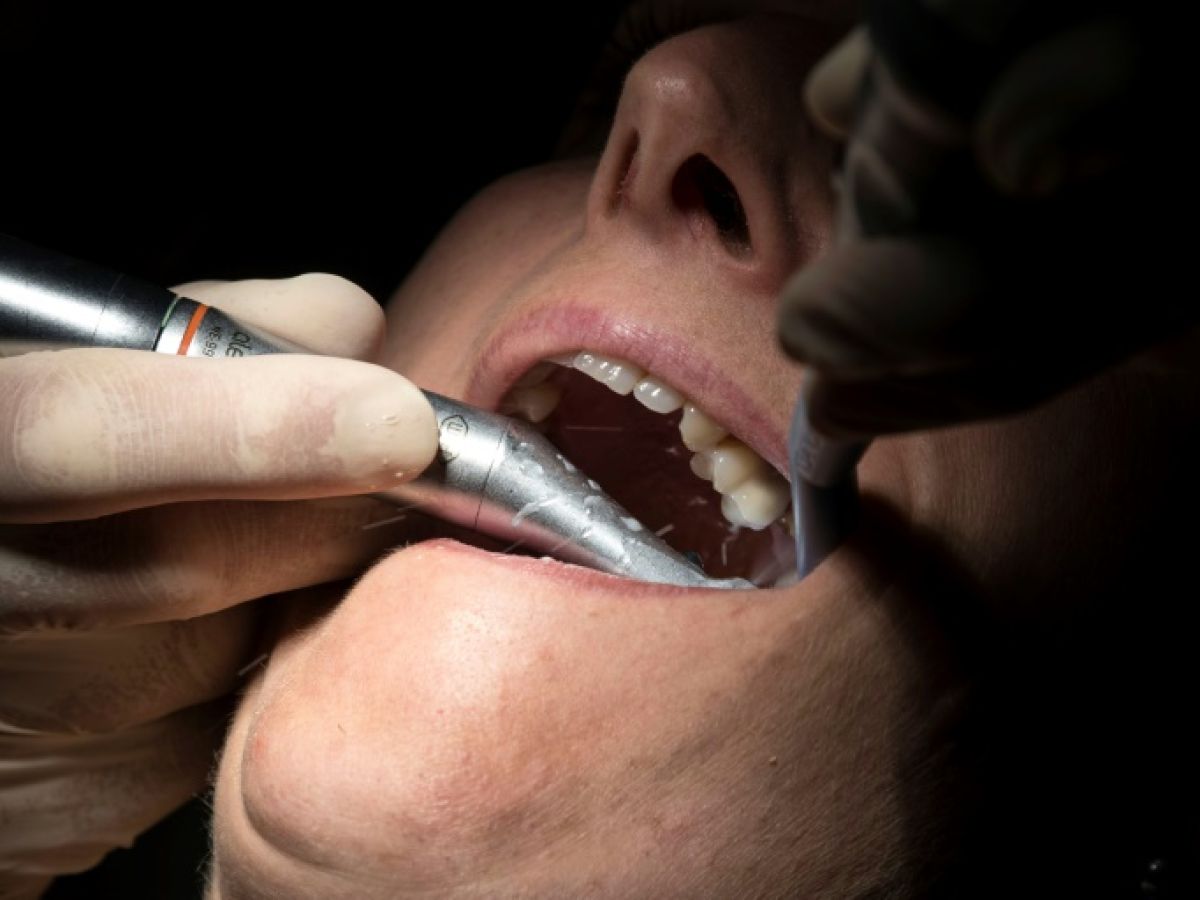As small as a grain of rice! Researchers at Northwestern University in the United States have just unveiled the world's smallest pacemaker: 3.5 mm long, 1.8 mm wide and 1 mm deep, weighing only 13.8 mg! In terms of comparison, the smallest pacemaker small never implanted (implanted in 2014) measures 8 mm wide and 24 mm long. Their device, presented on April 2, 2025 in Nature, is so small that it can be implanted by injection, without any surgery. And it is biodegradable, meaning it breaks down on its own so that the body ejects it through urine, avoiding the risks associated with procedures to remove this type of device. With its small size, it could become a valuable tool for treating certain heart defects in newborns.
UHope for children born with heart defects
“Our main motivation is childhood: approximately 11% of children are born with congenital heart defects, and most require temporary cardiac support after their surgery.”, explains Igor Efimov, director of the study, in a press release. “In these cases miniaturization is incredibly important, the smaller the better, adds the biomedical engineer John Rogers, who designed the device. By reducing the size in this way, we simplify implantation, removing certain risks for the patient, and thanks to its decomposable nature, we eliminate the need for any extraction surgery.”
Credit: Northwestern University
Pacemaker and battery, all in one
MBut how did they manage to reduce the size of the pacemaker so much? One of the secrets of its small size is that sThe electrodes act as an electrical stimulator and a battery at the same time. The anode of this battery is one of the electrodes, made of magnesium or zinc, and the cathode is the electrode at the other end, made of molybdenum trioxideElectrons move from one to another through the heart tissue and the fluids in which it is bathed, which act as an electrolyte.
The device is activated by infrared light, thanks to a sensor located between the two electrodes. This light is emitted by a portable device placed on the patient's chest. When this device detects an irregular heartbeat, it emits infrared light, which passes through the skin and tissues and reaches the pacemaker. This activates the device, allowing electrons to pass from one electrode to the other. Normally, this passage cannot take place due to a very high resistance in the intermediate part of the pacemaker, breaking the circuit. The light considerably reduces this resistance, allowing the electrical circuit to be closed.
Small but mighty
MDespite its small size, their pacemaker stimulates the heart as well as traditional pacemakers, according to tests carried out on animals and human hearts. On the contrary, their small size allows several to be used at the same time, to stimulate different parts of the heart in order to improve the synchronization of cardiac activity according to the needs of each patient. The authors also anticipate incorporating this pacemaker into other devices. For example, in artificial valves, used to replace the aortic valve, which prevents blood from flowing back from the aorta to the heart, when it no longer fulfills its function.This pacemaker is so small that it can be integrated into virtually any implantable device, developed John Rogers. In these cases, pacemakers can be activated if there are any complications after surgery, optimizing these traditional implants to also allow them to provide more functional stimulation.” This tiny pacemaker thus appears to have a huge range of potential uses. The next step will therefore be to test it on patients., with the hope that these great expectations will be confirmed.


